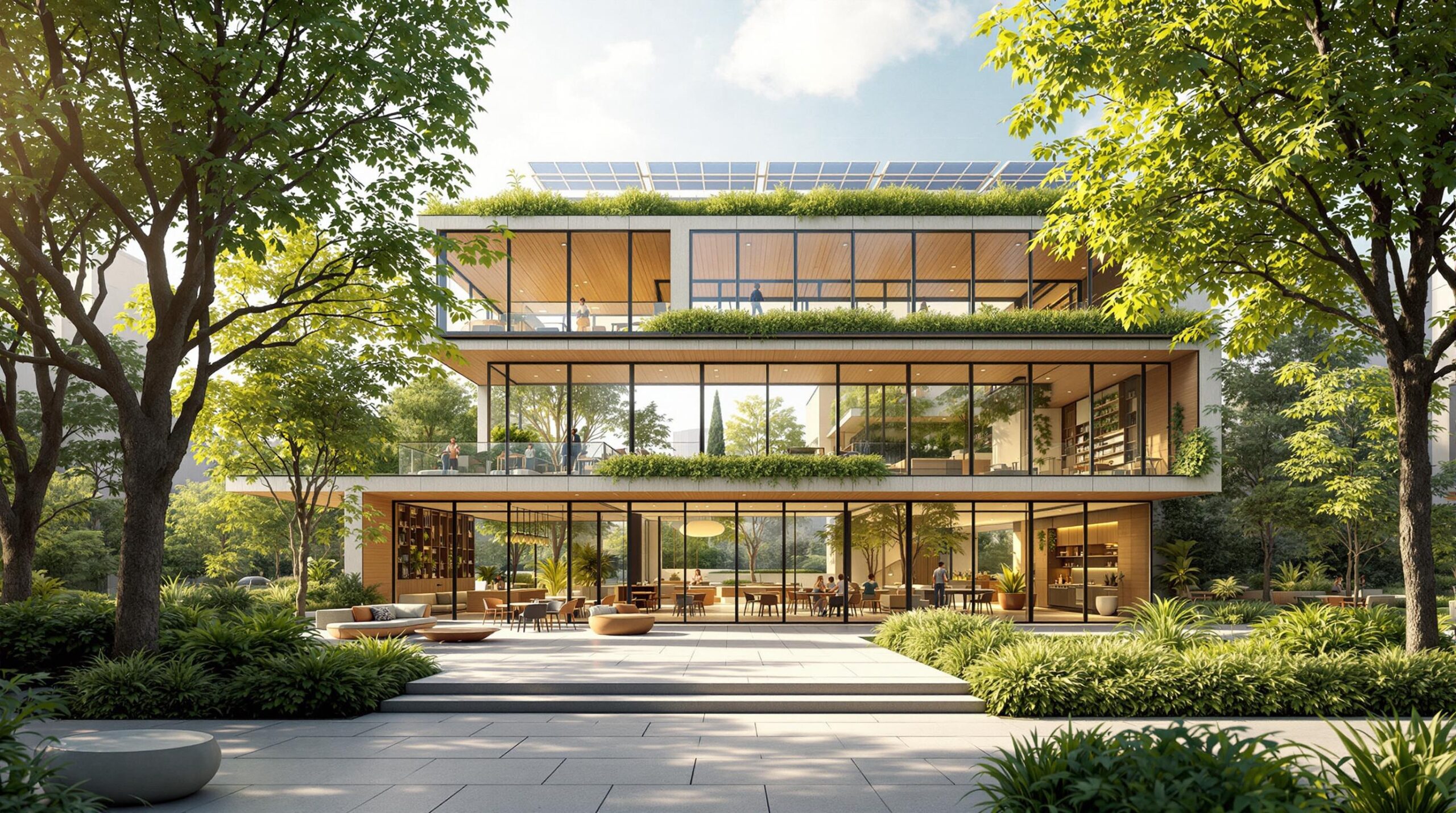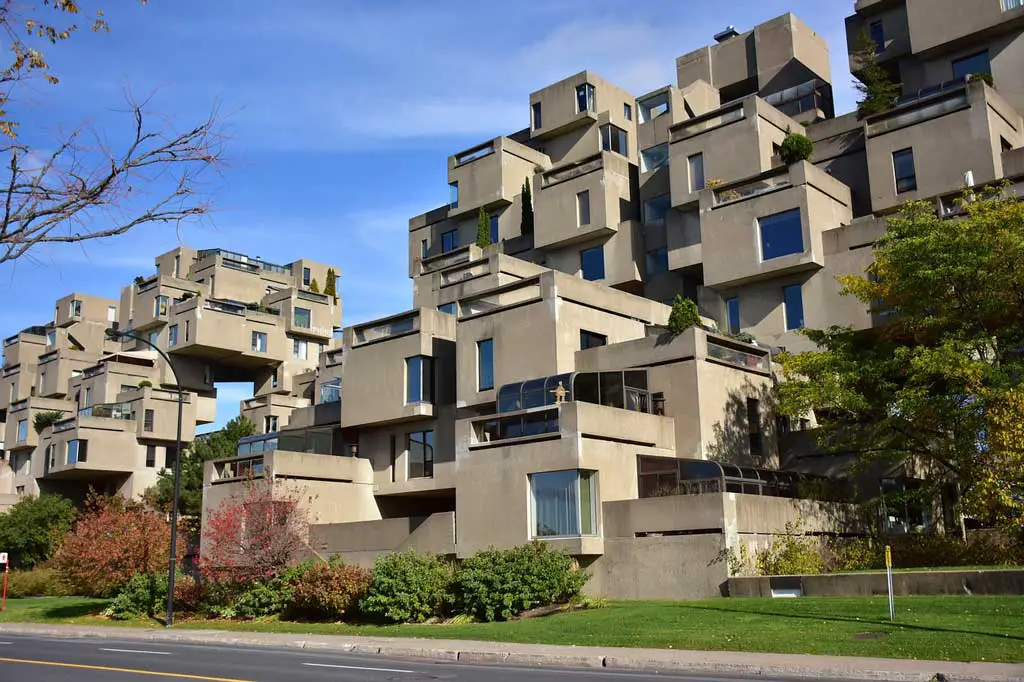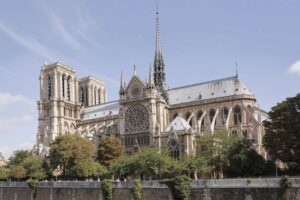Overview: The Concrete Paradox
One of the most divisive architectural movements in the world is brutalist, which is characterized by its stark, monolithic concrete shapes. It is frequently written off as being chilly, repressive, and architecturally boring, which is rarely in line with contemporary ecological principles. However, this much-maligned aesthetic is concealing a potent secret for climate-resilient architects and engineers: a passive, energy-saving superpower that has the potential to influence sustainable design in the future.
Thermal mass is the key, and it comes from material science rather than technology.
The secret to revealing the intrinsic “hard” sustainability argument for brutalism is this idea: a material’s capacity to absorb, retain, and release heat gradually. By design, these vast concrete structures are enormous thermal batteries rather than ineffective energy sinks. Day and night, they put forth endless effort to control indoor temperatures and significantly lessen the demand for energy-intensive mechanical heating and cooling systems.
The strong concrete walls of the Brutalist structures we already have may hold the key to the future of energy efficiency, rather than the newest, shiniest glass tower.
Concrete Physics: Comprehending Thermal Mass
From the walls of ancient Rome to the adobe houses of the desert, thermal mass, a basic concept of thermodynamics, has been utilized in architecture for thousands of years. In short, it gauges a material’s capacity to retain heat.
Low thermal mass materials, such as lightweight drywall or wood, heat up and cool down rapidly. They don’t do well as insulators. Conversely, high thermal mass materials, such as brick, stone, and concrete, need a significant amount of heat energy to change their temperature and hold that energy for hours after they have done so.
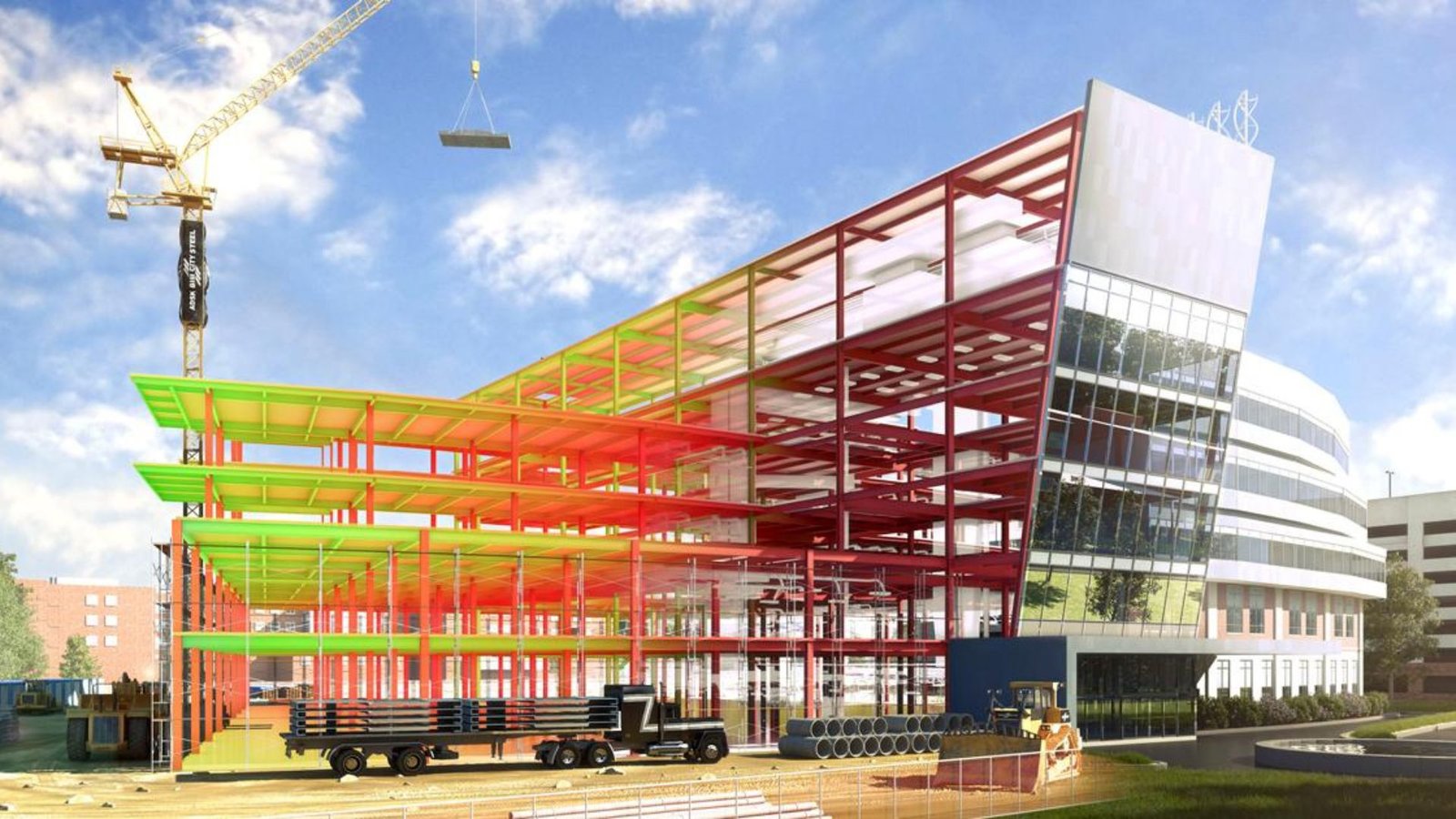 Energy-Efficient Architecture
Energy-Efficient Architecture
The Effect of Thermal Flywheels
The structure functions as a thermal flywheel in a typical Brutalist building with exposed concrete walls and ceiling slabs. This procedure is carried out in an ongoing cycle:
- Heat Absorption (Daytime/Summer): The enormous concrete absorbs extra heat as interior temperatures rise due to sunshine, inhabitants, or office equipment. By doing this, the interior area is kept from overheating and passive cooling is provided without turning on the air conditioner.
- Heat Release (Night/Winter): The heated concrete gradually releases its stored heat back into the interior space after sunset or during a cold spell. This reduces or does away with the need for an electric heater or furnace by providing a soft, steady warmth.
Thermal lag, the term for this delay between absorption and release, can last up to 10 or 12 hours in thick concrete structures, fully counteracting the 24-hour cycle’s peak temperature changes.
A 21st Century Passive Energy Blueprint
Brutalist buildings’ intrinsic design features are ideal for contemporary passive house requirements, frequently leading to notable energy savings. High thermal mass constructions can lower annual heating energy requirements in nearly all simulated scenarios and lower cooling loads in the majority of them, according to research.
Climates like desert, continental, or Mediterranean zones, which have a wide diurnal temperature range—hot days and cool nights—make this performance especially spectacular.
Lowering the Demand for Peak Loads
The decrease in peak load demand is one of the biggest advantages for the economy and the environment. When everyone operates their air conditioners at once on sweltering afternoons, the electrical system is under the most stress.
A thermal mass building evens out this consumption spike since the concrete absorbs heat, making the building already cool. Thermal mass directly helps to a more stable and effective municipal power grid by redistributing the demand for cooling energy from the afternoon peak to the late-night hours (when outdoor air is used for “night flushing” ventilation).
The Longevity and Retrofitting Challenge
Because its early designs lacked adequate external insulation, which resulted in heat loss in the cold or overheating in humid climes, the Brutalist style frequently lost appeal despite its advantages for passive energy. The current knowledge of thermal mass architecture steps in at this point.
Intelligent retrofitting is currently the most effective technique to transform an antiquated Brutalist icon into a climate hero.
Case Study: External Insulation’s Power
The application of comprehensive retrofit procedures, which centered on enhancing the building enclosure, produced impressive outcomes in intricate, historically significant Brutalist residential complexes, such as those examined in Sarajevo, Bosnia and Herzegovina.
Architects can accomplish two goals by insulating the concrete structure’s exterior:
- Retention: The concrete core, or thermal mass, is shielded, keeping it colder in the summer and warmer in the winter.
- Aesthetics: By keeping the original, recognizable internal concrete surfaces exposed to the indoor air, the passive cooling impact and heat exchange can be maximized.
These retrofits have significant effects. By successfully combining the structure’s inherent thermal inertia with contemporary insulation technologies, studies show that such interventions can result in overall energy demand savings of 50% to 75%.
The Low-Carbon Argument: Going Beyond Embodied Carbon
The primary environmental consequence of concrete—and hence, brutalism—is the subject of the most debate. The manufacture of cement uses a lot of carbon. Critics contend that the embodied carbon needed to build the enormous building in the first place outweighs the advantages of thermal mass.
The counterargument to a “Hard Sustainability Case” is as follows:
- Durability and Longevity: Brutalist structures were intended to endure for at least a century. Because of their durability, they are resistant to obsolescence and demolition. There is usually a significant, upfront carbon cost associated with demolishing a structure and constructing a new one. This embodied carbon is reduced when an existing building is preserved and retrofitted.
- Adaptive Reuse: Many Brutalist structures are very adaptable due to their large open floor plans and straightforward, structural honesty. The longevity of former government buildings, colleges, or housing projects can be endlessly extended by converting them into museums, contemporary lofts, or mixed-use developments.
- Eco-Brutalism: An rising movement that takes on the carbon issue head-on is called eco-brutalism. In order to ensure that the next generation of dense concrete is cleaner, eco-brutalism integrates the high thermal mass principles while requiring the use of low-carbon concrete alternatives, such as those built with recycled aggregates or industrial by-products.
It is necessary to measure a building’s carbon footprint over the course of its lifetime. The durable concrete construction proves to be an incredibly sustainable investment when you take into account the decades of operational energy savings from thermal mass and the avoidance of destruction.
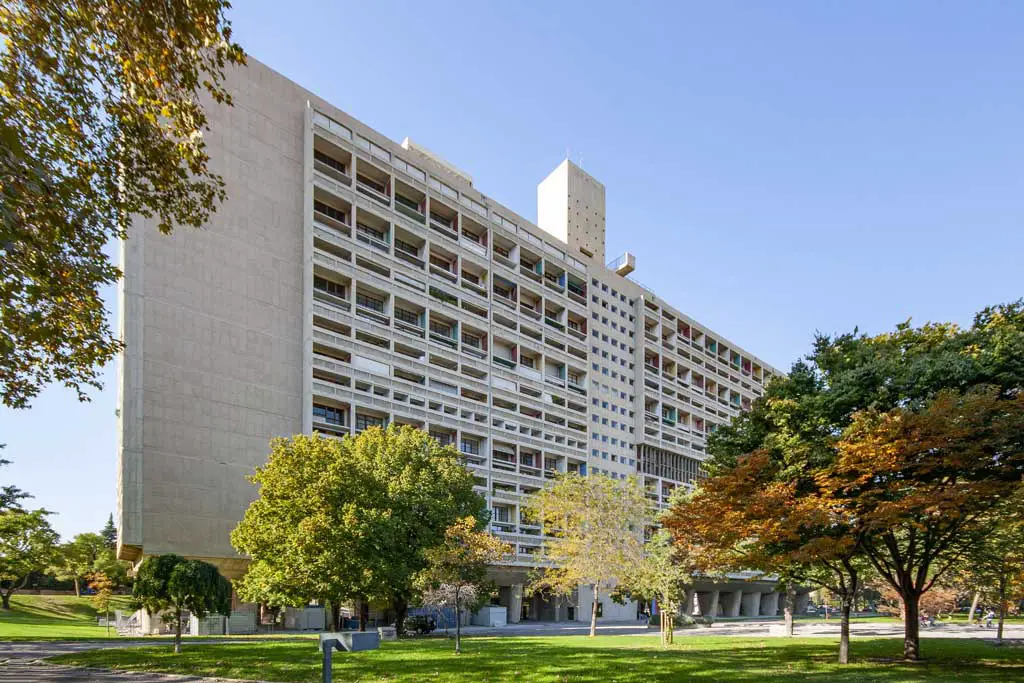 Unite d’Habitation – ©Wojtek Gurak, Flickr
Unite d’Habitation – ©Wojtek Gurak, Flickr
In Conclusion, A Second Act That Is Sustainable
There is a strong cultural and architectural revival of brutalism that is motivated by necessity as much as nostalgia. The style’s dedication to honest, long-lasting materials and passive environmental control is more pertinent than ever in a world characterized by fluctuating energy prices and the pressing need for climate resilience.
A Brutalist building’s raw concrete is a highlight rather than a fault. By acting as a thermal flywheel, this strong, quiet engine reduces temperature swings and significantly lessens our dependency on resource-intensive mechanical devices.
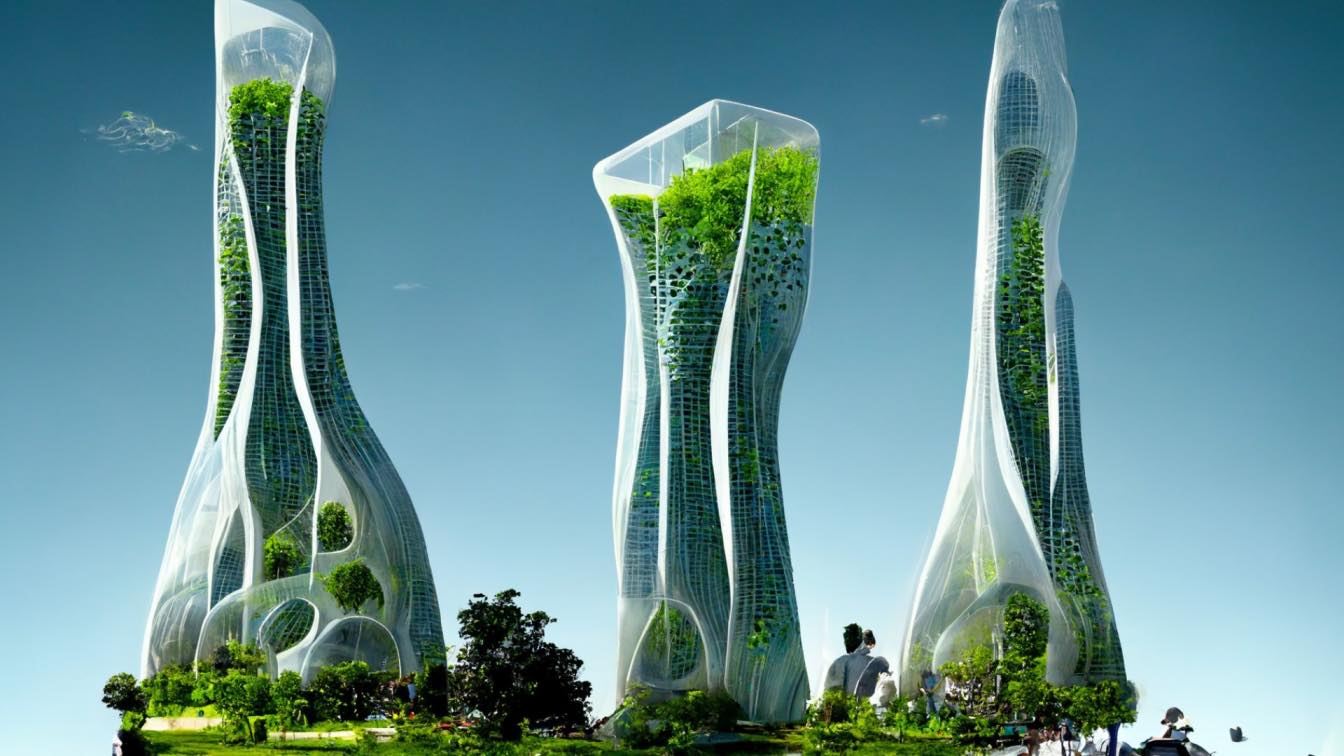
Project name: AI-generated Future Cities Architecture firm: Manas Bhatia Location: Fictional
Architects, engineers, and city planners can transform the contentious legacy of brutalism into a model for robust, energy-efficient design and solidify its position as a pillar of sustainable building for the twenty-first century by comprehending and optimizing the thermal mass secret concealed within these ostensibly rough structures.
Reference:
Passive Cooling using Thermal Mass : GCCA
For more blogs like this CLICK HERE!!

